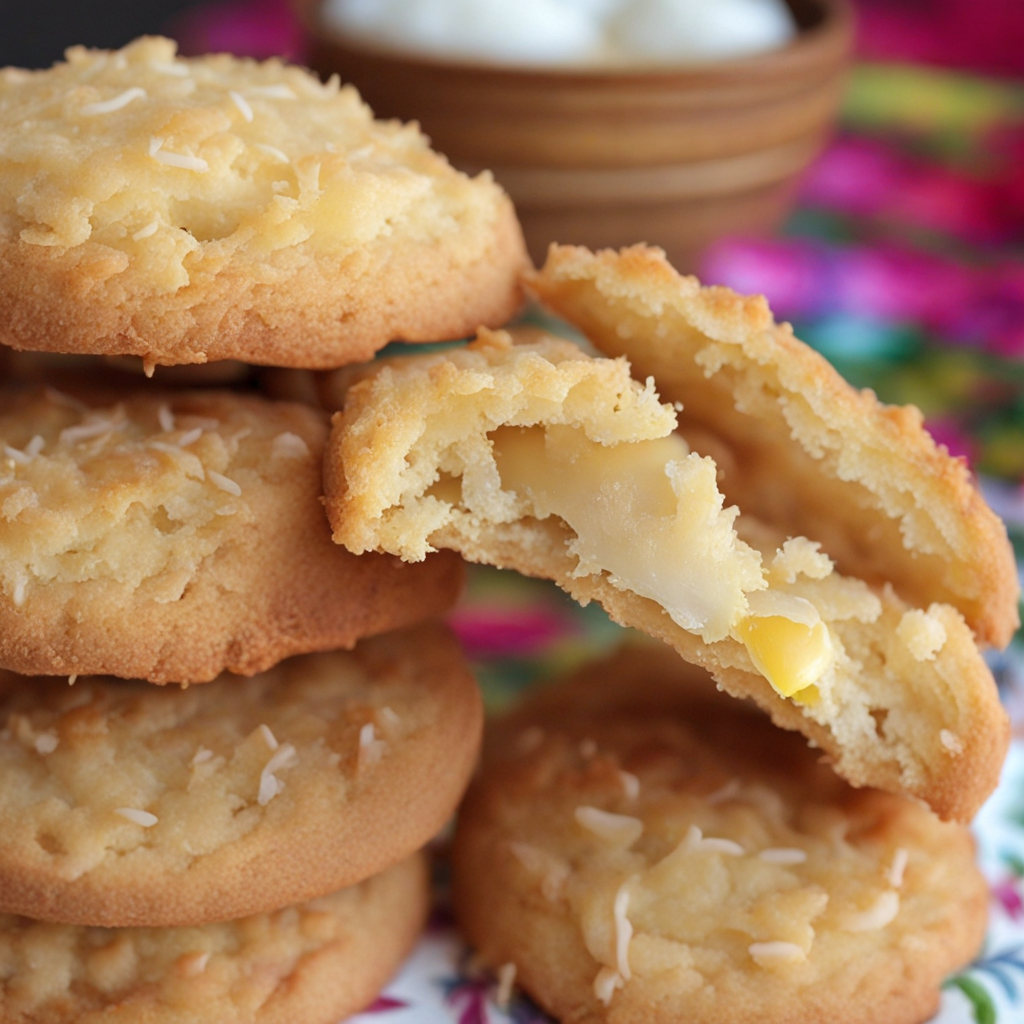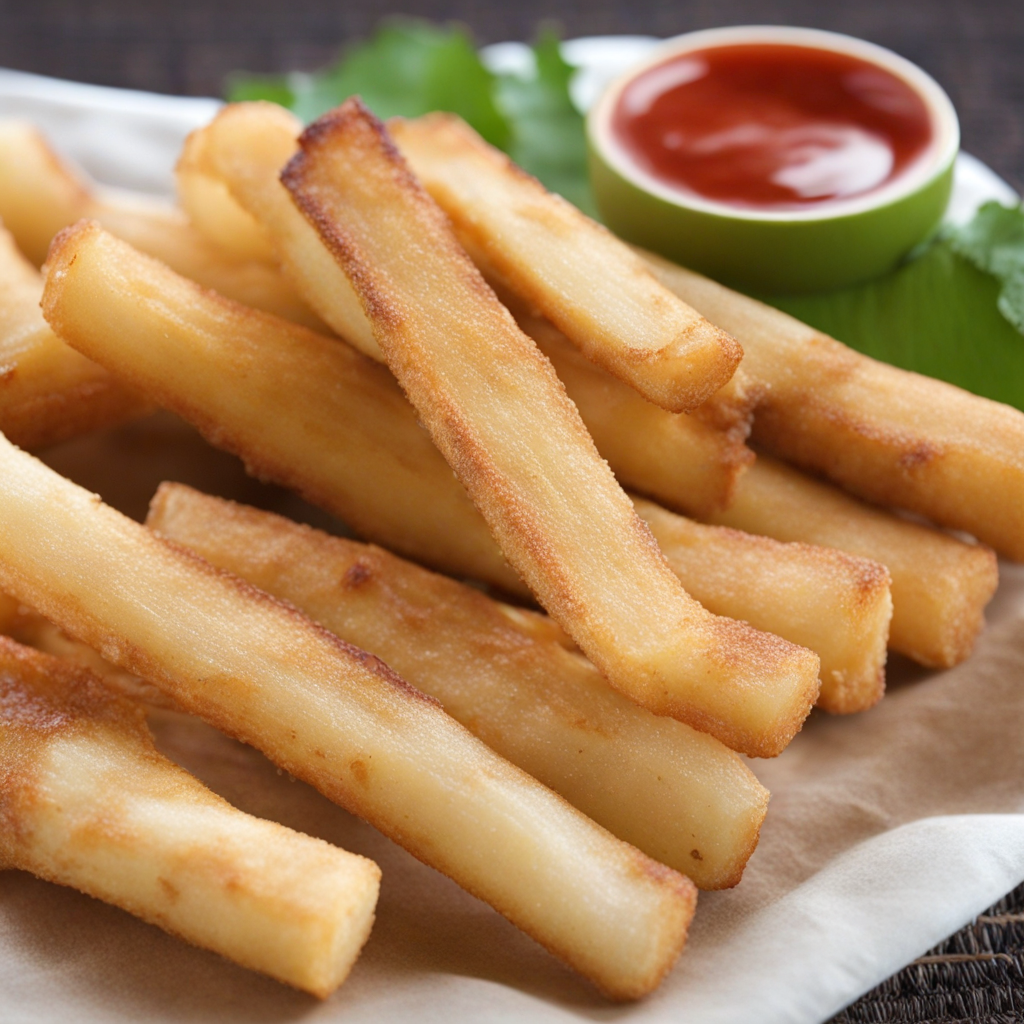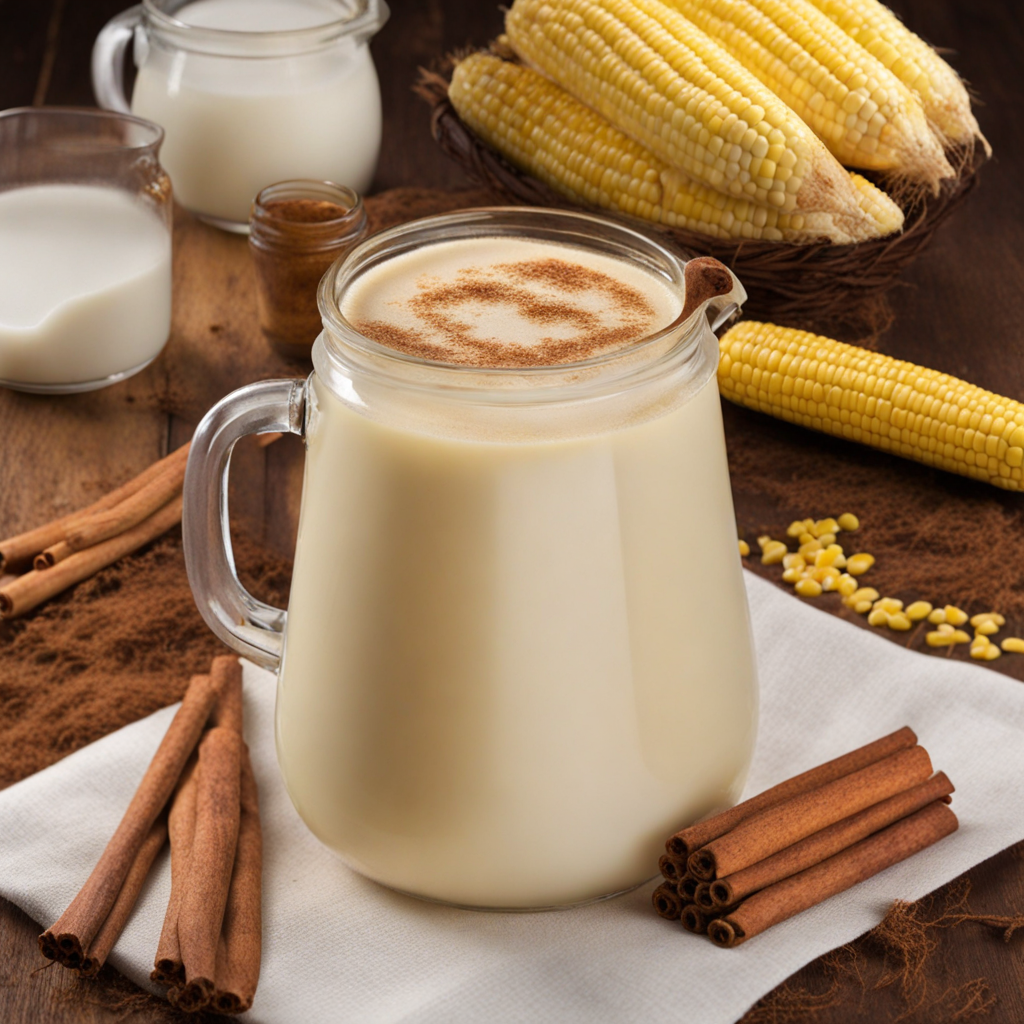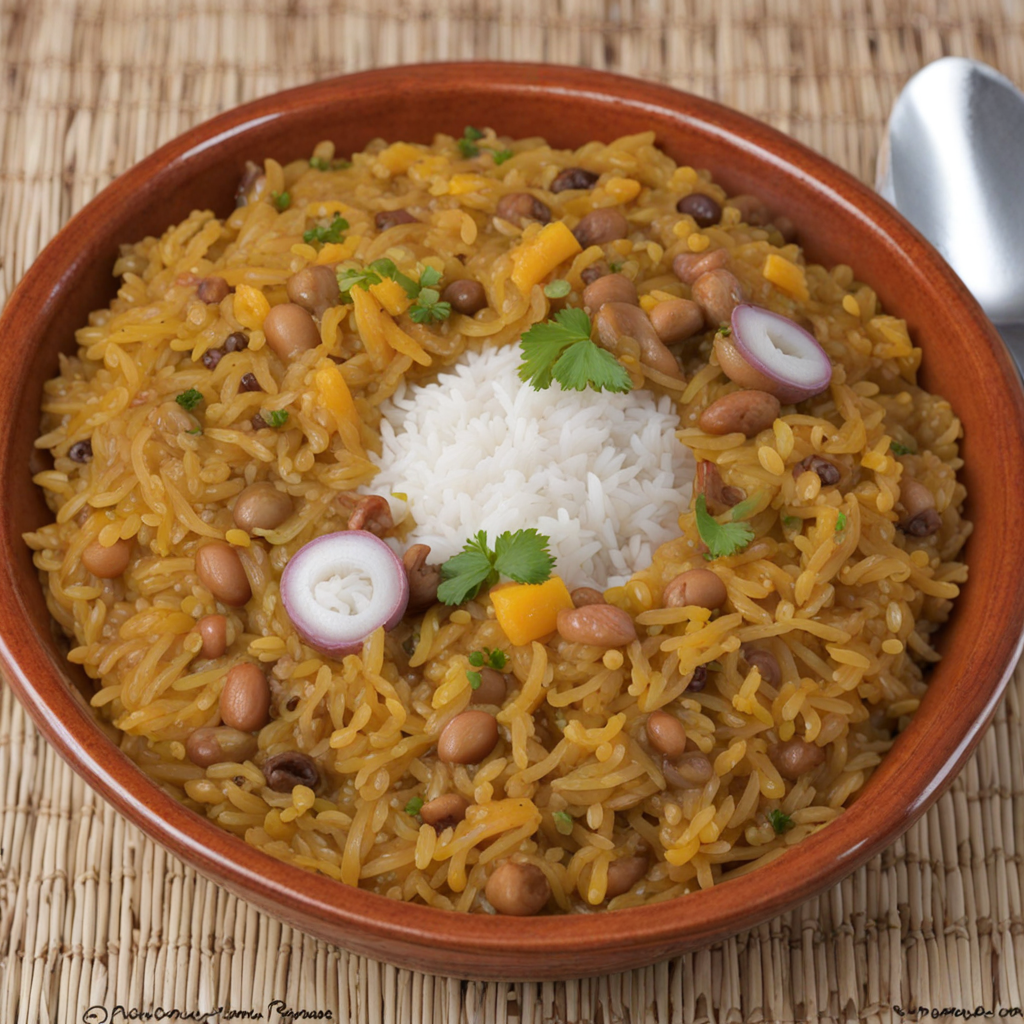Cocadas
Cocadas are a traditional Panamanian treat that showcase the country's rich culinary heritage. These sweet coconut confections are made primarily from grated fresh coconut, sugar, and sometimes additional flavorings such as vanilla or spices. Their history is deeply rooted in the indigenous cultures of Central America, where coconut has long been a staple ingredient. Over the centuries, cocadas have evolved, incorporating influences from Spanish colonialism, which introduced refined sugar and new cooking techniques. This fusion has allowed cocadas to become a beloved snack or dessert throughout Panama and other Latin American countries. The flavor profile of cocadas is a delightful balance of sweet and nutty. The natural sweetness of the coconut pairs harmoniously with the sugar, creating a rich, indulgent treat. Depending on the preparation method, cocadas can range from chewy to slightly crunchy, with the texture of the grated coconut being a significant factor. Some variations also include the addition of lime or orange zest, which adds a refreshing citrus note that brightens the overall flavor. The aroma is often intoxicating, with the sweet scent of toasted coconut wafting through the air, enticing anyone nearby. Preparing cocadas is a straightforward process that highlights the simplicity and freshness of the ingredients. To make cocadas, fresh coconuts are cracked open, and the meat is grated into fine shreds. This fresh coconut is then combined with sugar and a pinch of salt, sometimes along with egg whites to help bind the mixture. The ingredients are mixed together until they form
How It Became This Dish
The Delicious Journey of Cocadas: A Panamanian Delight #### Origins of Cocadas Cocadas, a sweet delicacy made primarily from coconut, sugar, and often enhanced with flavors like vanilla or lime, has a rich and storied history in Panama. The roots of this treat can be traced back to the indigenous cultures of Central America, where coconuts were a staple food source. The word "cocada" itself is derived from the Spanish "coco," meaning "coconut," and reflects the Spanish influence on the region's culinary traditions following the European colonization in the 16th century. The arrival of the Spanish colonizers brought new ingredients and techniques that would meld with the indigenous culinary practices. As coconut was already a part of the local diet, the Spaniards integrated sugar—an exotic commodity at the time—into various recipes, leading to the creation of sweet confections like cocadas. These early versions would have been simple, relying on the natural sweetness of the coconut and the sugar, but they laid the foundation for what would become a beloved Panamanian treat. #### Cultural Significance Cocadas hold a special place in Panamanian culture and cuisine. They are traditionally associated with celebrations, religious festivities, and family gatherings. The preparation and sharing of cocadas often symbolize hospitality and community, as families would come together to make large batches for special occasions. In rural areas, cocadas are often sold by vendors at fairs and markets, making them accessible to a wide audience and ingraining them further into the social fabric of Panamanian life. The treat also reflects Panama's multicultural heritage, which is a blend of indigenous, African, and European influences. Each community has its own twist on the traditional recipe, showcasing local flavors and techniques. For example, Afro-Panamanian communities may incorporate spices such as nutmeg or cinnamon, while indigenous groups might use local fruits or nuts to enrich the cocadas. This adaptability speaks to the broader significance of cocadas as a culinary canvas—one that can be personalized based on regional tastes and available ingredients. #### Development Over Time As Panama evolved, so did the cocada. The 19th and 20th centuries saw significant changes in the availability of ingredients and cooking methods. With increased trade and the introduction of new technologies, sugar became more accessible, allowing for an explosion of sweet treats across the nation. Cocadas transformed from a rustic, homemade delight into a more refined confection, often found in bakeries and supermarkets. In the 20th century, the industrialization of food production also played a role in the evolution of cocadas. Mass production methods allowed for the creation of packaged versions of the treat that could be sold in stores, making them available to a broader audience. However, this commercialization often resulted in a loss of the traditional craftsmanship and the artisanal qualities that made homemade cocadas special. Despite these changes, many Panamanians still cherish the traditional recipes passed down through generations. Family gatherings often involve the preparation of cocadas, with each family adding their own secret ingredient or technique. This practice reinforces the notion that cocadas are more than just a food; they are a connection to heritage, family, and identity. #### Modern Interpretations and Global Influence In recent years, there has been a resurgence of interest in traditional Panamanian foods, including cocadas, as chefs and home cooks alike seek to preserve their culinary heritage. Modern interpretations often see cocadas paired with other desserts or served as part of a diverse platter that highlights various traditional sweets. The use of organic and locally sourced ingredients has also become more common, reflecting a broader trend toward sustainability in food practices. The global rise of interest in Latin American cuisine has also brought cocadas to international attention. Food festivals, pop-up events, and culinary tours featuring Panamanian cuisine have introduced cocadas to a wider audience, allowing people from different backgrounds to appreciate this delightful treat. The internet has played a crucial role in this globalization, with recipes and stories being shared across social media platforms, enabling a new generation to discover and recreate cocadas in their own kitchens. #### Recipe and Variations While the traditional recipe for cocadas typically includes shredded coconut, sugar, and egg whites, there are countless variations that highlight the versatility of this treat. Some popular adaptations include: 1. Cocadas with Nuts: Adding almonds, walnuts, or peanuts for a crunchy texture and nutty flavor. 2. Fruit-Infused Cocadas: Incorporating local fruits like pineapple or guava to add a tropical twist. 3. Chocolate Cocadas: Drizzling melted chocolate on top or mixing cocoa powder into the batter for a rich flavor. 4. Savory Cocadas: A lesser-known variation that includes cheese or spices, creating a unique blend of sweet and savory. #### In Conclusion Cocadas are far more than just a coconut candy; they are a symbol of Panama's rich culinary history and a testament to the country's diverse cultural influences. From their indigenous roots to their modern adaptations, cocadas embody the spirit of community, celebration, and heritage in Panama. As they continue to evolve, these delightful treats remain a beloved part of the Panamanian culinary landscape, connecting past generations with the present and future. Whether enjoyed at a family gathering, a local market, or a trendy café, cocadas are a sweet reminder of the flavors and stories that define Panama.
You may like
Discover local flavors from Panama







